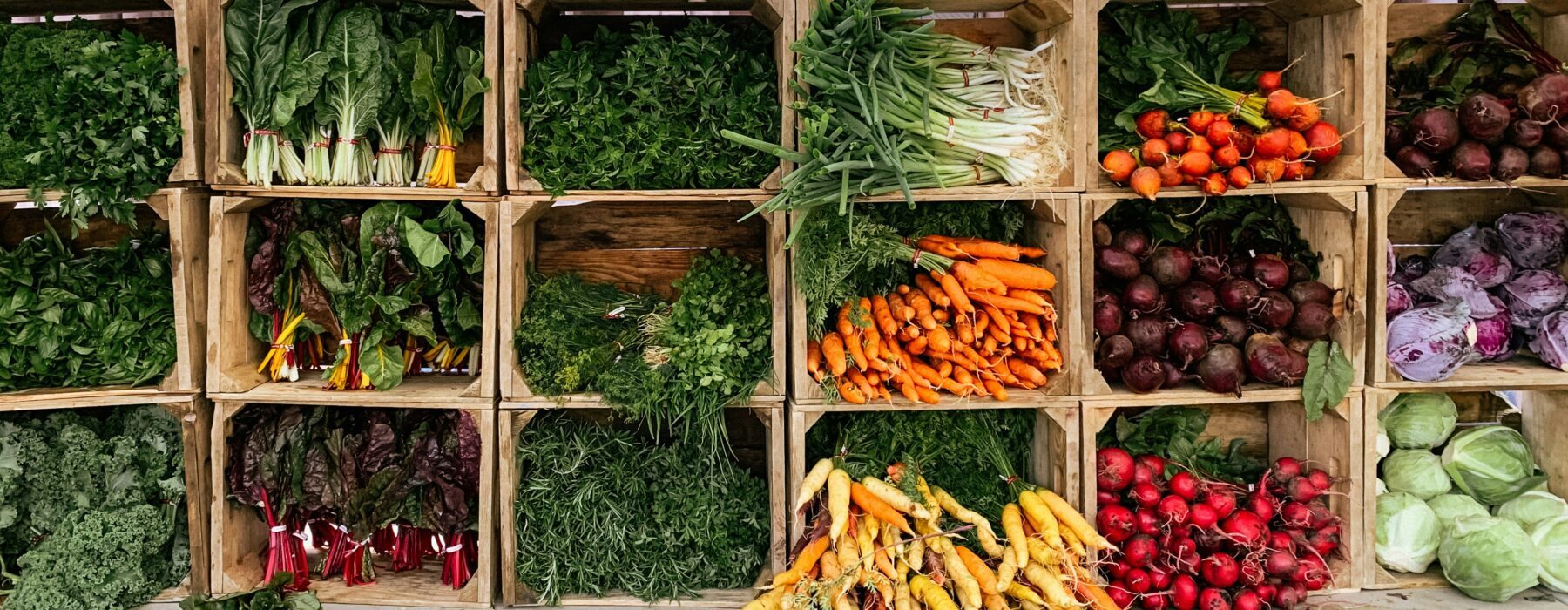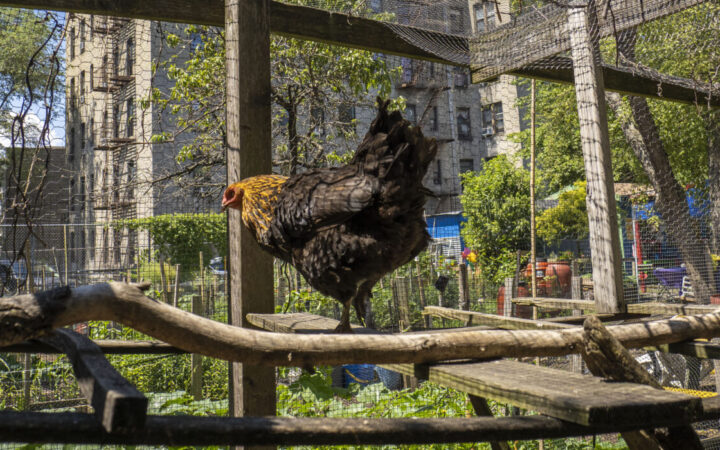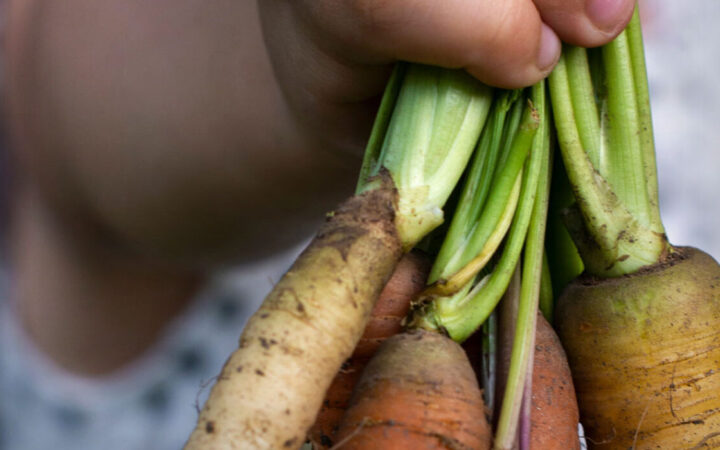This case study discusses how the Prince George’s County Food Equity Council pursued multiple policies to address inequities in the food system associated with food swamps and how they uplifted communities’ voices in their work.
Introduction
Prince George’s County, Maryland is an urban area located thirty-five miles south of Baltimore City. The county spans 500 square miles and borders Washington, DC. It is one of the highest-income African American majority counties in the country.
While Prince George’s County has higher rates of weight- related chronic diseases than the state overall, there are also health inequities that exist within the county. In 2015, the Prince George’s County Planning Department released a food system study, “Healthy Food for All Prince Georgians,” describing these disparities. The report showed that residents living in the most urban areas and inside the Capital Beltway have much higher rates of diet-related illnesses relative to people living in other parts of the county. Individuals in these communities also have lower income levels and higher rates of food insecurity.
In these neighborhoods, the challenge is not in accessing food, but rather the prevalence of unhealthy food outlets (e.g. carry-outs, fast food and full service restaurants, gas station and convenience stores) relative to healthier alternatives (e.g. grocery stores carrying high-quality fruits and vegetables). Unhealthy food venues account for approximately 55 percent of all food retail outlets in these communities. Moreover, the number and location of prepared food outlets make them more easily accessible than food retail stores that offer groceries. The Prince George’s County Food Equity Council (FEC) uses the phrase “food swamp” to describe the food environment within these areas of the county.
Acknowledgements
This case study relies heavily on information provided during interviews and subsequent communications with Sydney Daigle, Director, PRINCE GEORGE’S County Food Equity Council, (7/27/2017); Kim Rush Lynch, Agriculture Marketing Specialist, University of Maryland Cooperative Extension (9/6/2017); and Michael J. Wilson, Director, Maryland Hunger Solutions, (10/5/2017). The Healthy Food Policy Project (HFPP) collaborators thank these individuals for their contributions. We have not included citations to the information they have contributed throughout the body of this case study, but have relied upon it unless another source is indicated. Prince George’s county photos are included, courtesy of the Prince George’s County FEC.
The HFPP also thanks its Advisory Committee members for their guidance and feedback throughout the project. Advisory Committee members are: Dr. David Procter with the Rural Grocery Initiative at Kansas State University, Dr. Samina Raja with Growing Food Connections at the University of Buffalo, and Kathryn Lynch Underwood with the Detroit City Planning Commission. Previous advisory committee members include Pakou Hang with the Hmong American Farmers Association and Emily Broad Leib with the Harvard Food Law and Policy Clinic. Renee Gross, JD, served as a project consultant from 2015-2018.
Suggested Citation
Prince George’s County Food Equity Council: Taking on Food Swamps Through Policy Change, Healthy Food Pol’y Project, https://healthyfoodpolicyproject.org/wp-content/uploads/pg-county_2020_web.pdf (last visited May 29, 2024).



